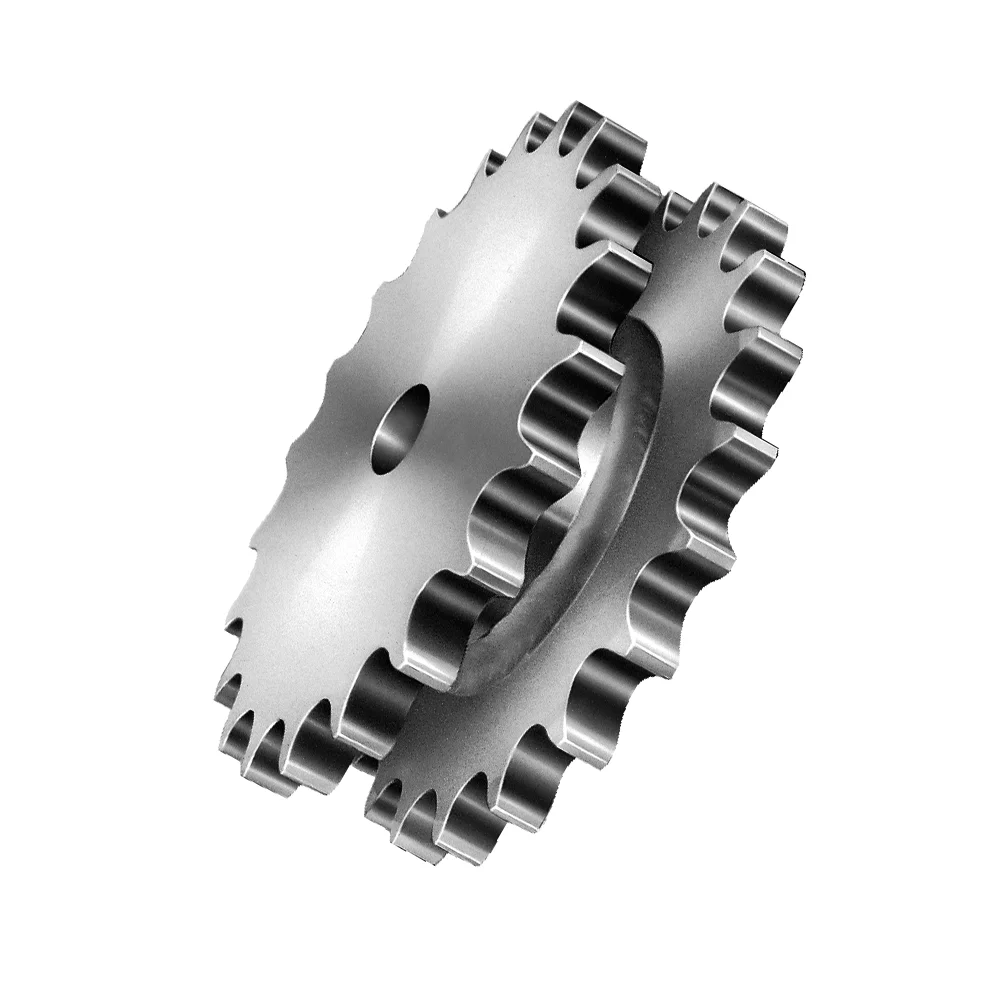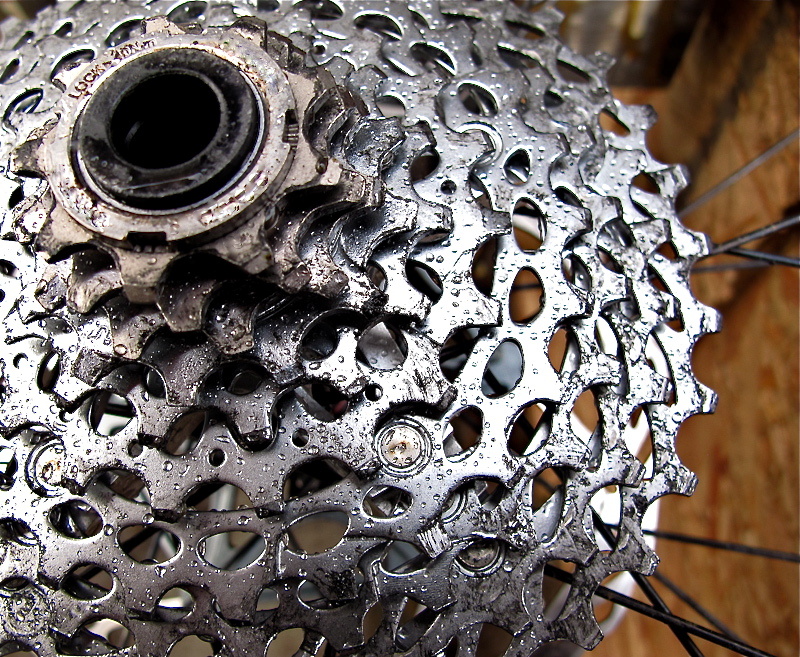

The chain gets moved from one cog to another or one chainring to another by means of a derailleur. ‘Derailleur’ is pretty hard to pronounce, but – fortunately – pretty easy to understand. People who actually ride bikes only refer to the number of cogs in the cassette, so an 8 speed, a 9 speed etc… They may also mention whether they have a single, double, triple crankset, or they may simply say “9×2” or “2×9”. But the fact is there’s actually a lot of overlap, so a 9×2 doesn’t really have 18 gears. The marketing department likes to multiply the number of cogs by the number of chainrings because big numbers are impressive. When we talk about how many “speeds” a bike has, there can be some confusion. The larger the cog the ‘lower’ the gear and the easier it will be to pedal, but the slower you will go. The largest cogs are closest to the wheel and the gears are numbered from the inside out. Most bikes built in the last few years have between 8 and 11 cogs in the cassette. The gears on the rear wheel are called ‘cogs’ and when you put a few of them together in ascending size and attach them onto your back wheel, they are referred to as a ‘cassette’. On a triple they’re usually called “outer/big”, “middle” and the smallest one has a special name – “granny gear” or just “granny”. Typically the chainrings are identified by mentioning their position (“inner”, “outer”, or, in the case of a triple “middle”), or by their size “big ring”, “little ring”. As we move the chain away from the centre line of the bike, the pedalling gets harder but you go faster.

The smaller the chainring, the easier the pedalling. On the crankset, the smallest chainring is closest to the frame. Single (or 1x) chainrings are gaining popularity, particularly among mountain bikers and cyclocross riders, but are still a fairly niche application. Most cranksets have either two (called a double or 2x), or three (called a triple or 3x) chainrings. Actually, the whole assembly with the crank arms and the front gears together is properly known as the ‘crankset’, or sometimes ‘chainset’. The front gears are referred to as chainrings, or as a crankset, or by the less jargon-savvy cyclists, ‘the front ones’.

Our complete guide to bike gears takes the mystery out, and will have you joining in with all the other bores banging on about ratios in no time at all. The gear ratios you want to use for a hilly cycling holiday in Mallorca are not the same as the gears you want for a time trial, criterium, club ride or city riding. Most of us just end up riding the gears that came with our bikes, but if you don’t think about swapping out for different scenarios, you might end up making things much more difficult than they need to be.
COG VS GEAR INSTALL
choosing the right gears to install on your bike however, can be much trickier. You push the lever one way to make it easier to pedal, and the other to go faster. Perhaps the only problem with quality is the definition of it since the COGs might have a different definition of quality than what the NCR has, but it could be similar to how the Soviets and the Germans view quality on the arms, vehicles, and equipment back in World War Two.On the surface, understanding your bike gears is pretty simple. In regards to this versus, the COGs simply surpass the NCR with mass production since they can retain quality and cut down costs in the process. Now there is nothing wrong with master-crafted production - getting your hands on high-quality arms two hundred years after the apocalypse is a valuable asset for the NCR. This can be brought down to mass-production against master-crafted production since the former is what the COGs employ while the latter is what the NCR employs to have good equipment for their troops. That remark belongs to Caesar's Legion however, this can be whittled down to Hearts of Iron IV levels discussion in regards to production due to the NCR's relations with the Gun Runners. Click to shrink.I wouldn't be so keen to mark them down as troops with poorly maintained assault rifles.


 0 kommentar(er)
0 kommentar(er)
